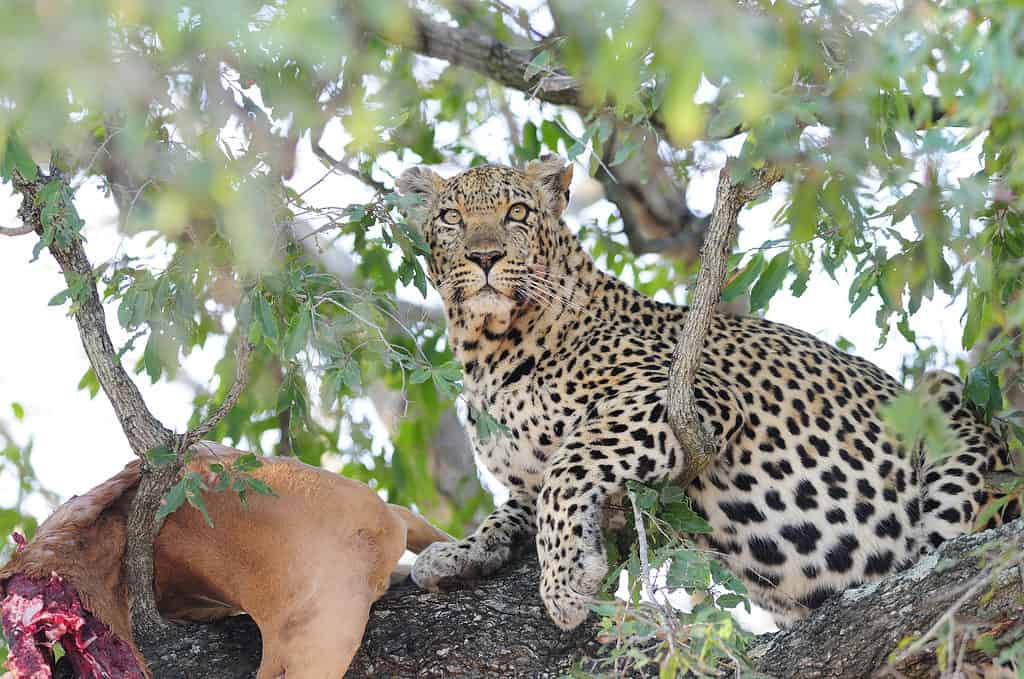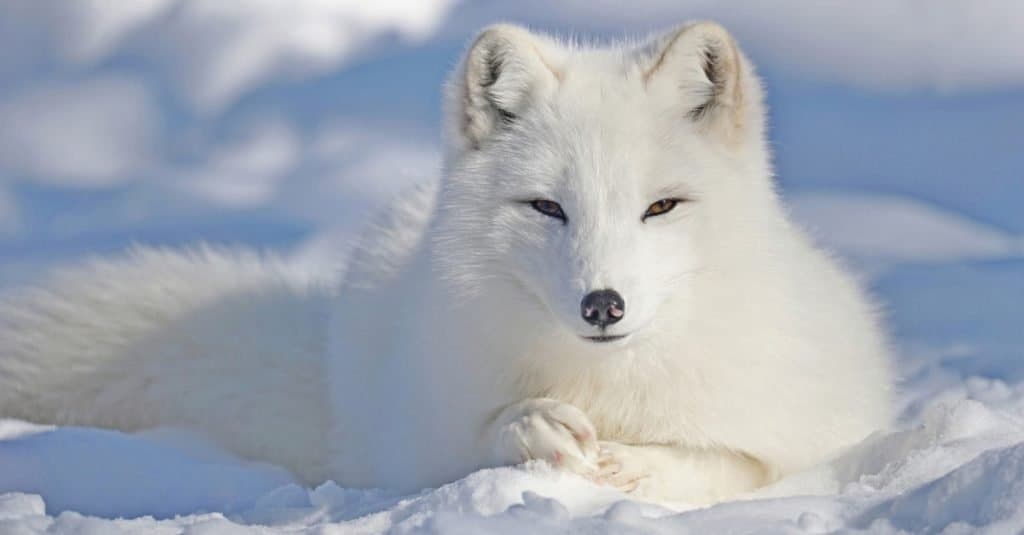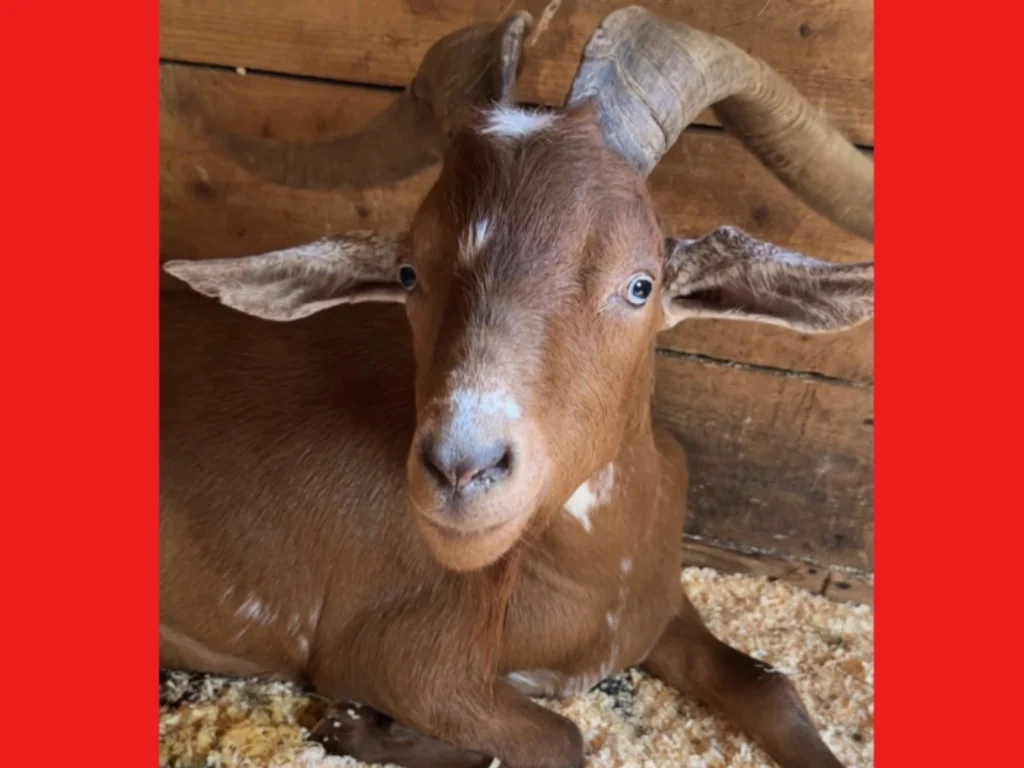Top 5 Animals with Camouflage So Good They’re Basically Invisible
Written by Sneh Chaudhry on August 23, 2023
One of the more amazing facts about animals is how so many of them use camouflage to either hide from predators or even hide from potential prey. A well-camouflaged animal simply blends into its surroundings, whether it is the ocean floor, the forest floor, or the leaves or bark of a tree. Sometimes, animal camouflage is so complete that the animal seems to disappear! Here are 5 examples of animal camouflage that make the animal basically invisible.
#5 Giraffe — Surprisingly Hard to See

The giraffe is proof that animal camouflage isn’t just for little animals. Found in several locations in Africa, the giraffe is, famously, the tallest animal on earth. It can grow from 17 to nearly 19 feet tall, mostly because of its long neck, and males are bigger and taller than females. The animal also has a prehensile tongue and upper lip that are good for stripping leaves off of trees.
Besides its long neck, the giraffe is known for its attractive patches and blotches on its skin. These patches are shades of brown, orange, or black and separated by cream-coloured or white pelage, and they serve as a very good form of camouflage. Despite its size, a giraffe that is standing absolutely still in the light and shadow of trees is very hard to see. This may be more important for giraffe calves than for adults, who are big and strong enough to defend themselves against predators such as lions.
The conservation status of the giraffe is Vulnerable.
#4 Leopard — Won’t See One Until It’s Too Late

Not all large beasts good at animal camouflage use it to hide from predators. The leopard’s only real enemy is its cousin the lion, and if there are no lions in its territory, this big cat is the apex predator. It is not only found in Africa but in some parts of the Middle East and Central Asia, in India, Southeast Asia, and even East Asia. It is a large but lithe cat whose fur is famously full of rosettes. These rosettes are what allow the leopard to hide in trees and wait, unnoticed, for prey.
Male leopards are bigger and heavier than females. They’re about 23.5 to 27.5 inches at the shoulder, while the females are a couple of inches shorter. Males weigh between 82 and 198 pounds, while females weigh between 62 and 132 pounds.
The conservation status of the leopard varies depending on where it’s found. The Javan leopard is considered Critically Endangered, and some subspecies have been extirpated from their original habitat. Overall, the leopard is considered Vulnerable.
#3 Arctic Hare — Seems Made of Snow Itself

This hare is famous for both living in the Arctic and for its pure white fur. This animal camouflage allows it to nearly disappear into the snowy landscape where it lives.
It is a big hare and can range from 17 to 28 inches long without counting the length of the tail and can weigh between 6 and 12 pounds. In the more southern part of its range, its fur turns grey or brown during the summer and then turns snowy white in the winter. But in the extreme north, the hare’s fur stays white all year.
It’s surprising that such a small creature can survive such a frigid climate. Luckily, arctic hares are equipped with short ears and noses, compact bodies, high body fat, and thick fur. Their small size gives them easy access to food within small rock crevices other animals can’t reach. So even in the harsh and bare landscape, they manage to find moss and woody plants, berries, buds, leaves, bark, and roots. But they’ll also scavenge among fish and reindeer carcasses to survive.
Its conservation status is Least Concern.
#2 Arctic Fox — Crafty Camouflage

If there must be an Arctic Hare, there must be an Arctic Fox that hunts it. In this case, the animal’s white fur camouflages it from its prey as well as its predators. The Arctic fox, which is smaller than most other foxes, is eaten by the larger red fox, grizzly bears, wolverines, larger birds of prey, and wolves.
There are actually two Arctic fox morphs. One has a blue coat and the other has a white coat, and the white-coated Arctic fox, like the Arctic hare, is grey and brown during the summer. Almost all Arctic foxes are the white morph type.
The conservation status of the Arctic fox is Least Concern.
#1 Long-Eared Owl — Can’t See or Hear It Coming

Like nearly every other species of owl, the long-eared owl comes in shades of brown, black, gray, and buff, the better to let it blend into the woods where it lives. Even during the daytime, it is hard to see as it rests in the crotch of a tree. Found in North America, Eurasia, Europe, and Asia, this bird augments its animal camouflage with near-silent wingbeats. The upshot is the prey neither sees nor hears the bird coming.
The long-eared owl resembles the great horned owl in that it has ear tufts, but it’s smaller and slimmer. This doesn’t mean it’s a small bird. The owl can be 12 to 16 inches long and have a wingspan of about 3 feet. Its conservation status is Least Concern, though there are areas where its population is declining.







